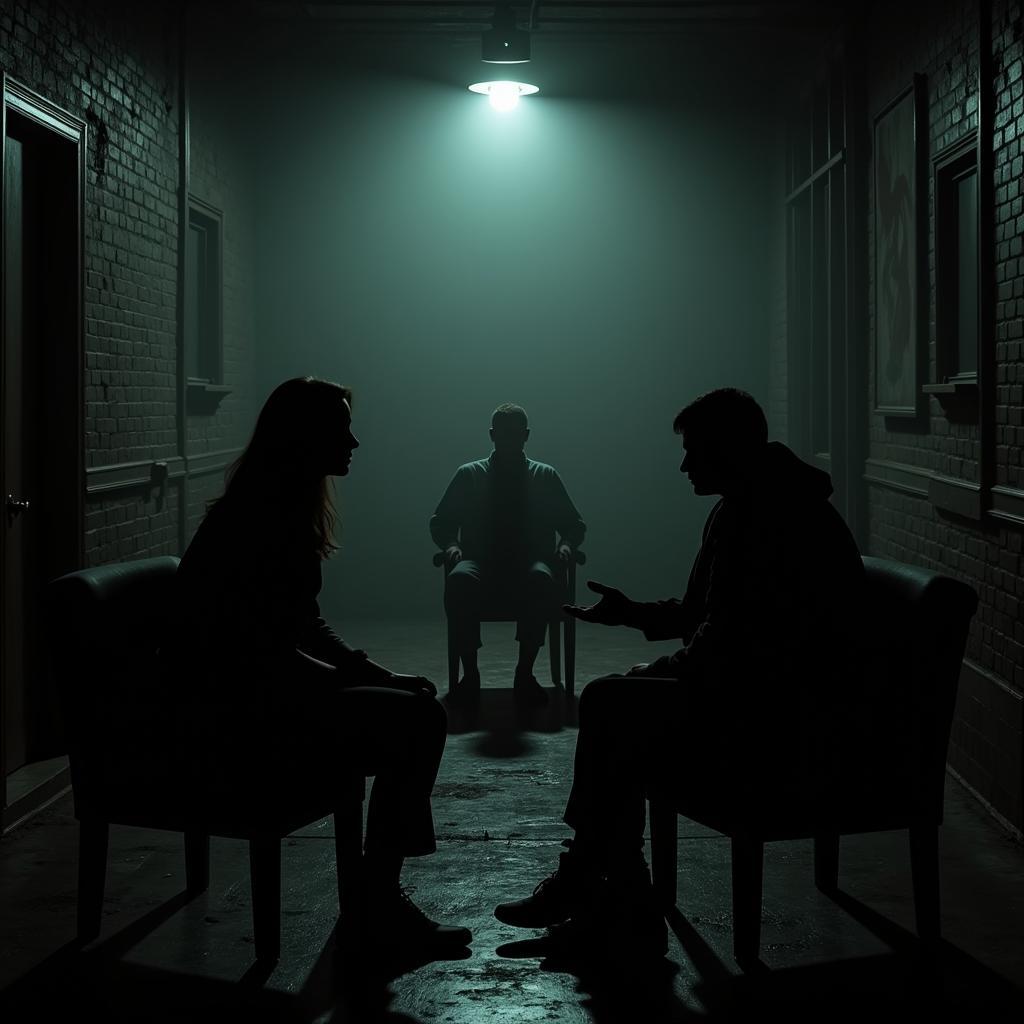Mixed methods research is becoming increasingly popular in various fields, including the exploration of paranormal phenomena. This approach combines both qualitative and quantitative research methods, allowing researchers to gain a more comprehensive understanding of complex issues. A crucial aspect of designing a mixed methods study is formulating a clear and concise research question that guides the entire research process. This article delves into the intricacies of mixed methods research questions, providing a practical example to illustrate its application.
What is a Mixed Methods Research Question?
Before diving into examples, let’s clarify what constitutes a mixed methods research question. Unlike research questions solely focusing on qualitative or quantitative aspects, a mixed methods research question aims to explore both the “what” and the “why” of a phenomenon. It considers both objective, measurable data and subjective, interpretive perspectives.
These research questions are carefully crafted to address the need for both statistical analysis and in-depth understanding. They often involve exploring relationships, comparing perspectives, or understanding the processes behind observed patterns.
Example of a Mixed Methods Research Question in Paranormal Investigation
Let’s imagine we’re investigating the alleged haunting of an old theater. We might be interested in understanding not only the frequency of unexplained events but also the experiences and interpretations of those who have witnessed them.
A mixed methods research question for this scenario could be:
What is the frequency and nature of reported paranormal experiences in the old theater, and how do these experiences influence the beliefs and behaviors of the staff working there?
This question combines:
- Quantitative element: “What is the frequency and nature of reported paranormal experiences…?” This part seeks quantifiable data about the alleged hauntings.
- Qualitative element: “…how do these experiences influence the beliefs and behaviors of the staff working there?” This part delves into the subjective experiences and perceptions of the staff.
Breaking Down the Example
Let’s dissect how this example question encompasses the key characteristics of a robust mixed methods research question:
- Clearly stated: The question is unambiguous and easy to understand.
- Addresses both qualitative and quantitative aspects: It seeks both measurable data and subjective interpretations.
- Feasible: The question can be answered using a combination of data collection methods.
- Relevant: The question directly addresses the research problem, which is understanding the alleged haunting and its impact.
Why This Question Matters
By using a mixed methods approach, researchers can gather data on the frequency and types of paranormal events reported in the theater (e.g., cold spots, strange noises, apparitions) and analyze how these events are interpreted by the staff. Do the staff develop rational explanations, or do their experiences lead them to believe in the paranormal? How do their beliefs, in turn, affect their behavior within the theater?
 Paranormal Research Team Conducting an Interview
Paranormal Research Team Conducting an Interview
Crafting Your Own Mixed Methods Research Question
When developing a mixed methods research question for your paranormal investigation, consider the following tips:
- Identify the central phenomenon: What specific aspect of the paranormal are you investigating?
- Determine the qualitative and quantitative facets: What measurable data and subjective experiences are relevant to your research?
- Ensure clarity and focus: Your question should be specific and guide your research effectively.
- Consider feasibility: Can you realistically gather both qualitative and quantitative data to answer your question?
Conclusion
Mixed methods research questions provide a holistic approach to understanding complex phenomena. By combining qualitative and quantitative perspectives, researchers can gain deeper insights into the paranormal. The example provided, focusing on the alleged haunting of an old theater, showcases how a well-crafted mixed methods research question can guide an investigation to yield more comprehensive and meaningful findings.
If you’re interested in learning more about structuring research projects or the nuances of qualitative and quantitative research methods, you can explore our articles on how to write a research project outline, market research quantitative vs qualitative, and subanalysis in research minimizes bias.
Remember, the key to unlocking the mysteries of the paranormal lies in rigorous research and a willingness to explore all avenues of inquiry.